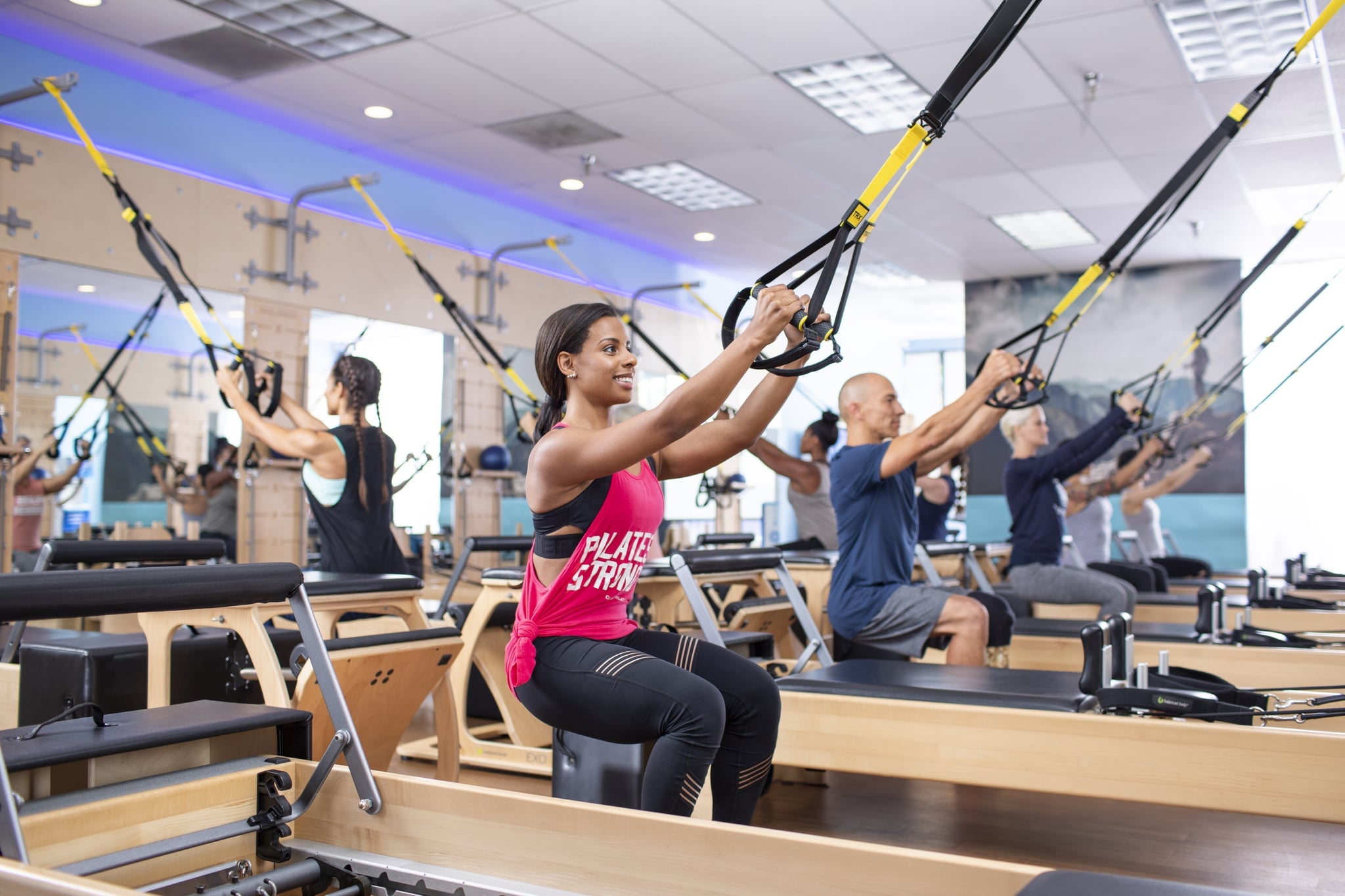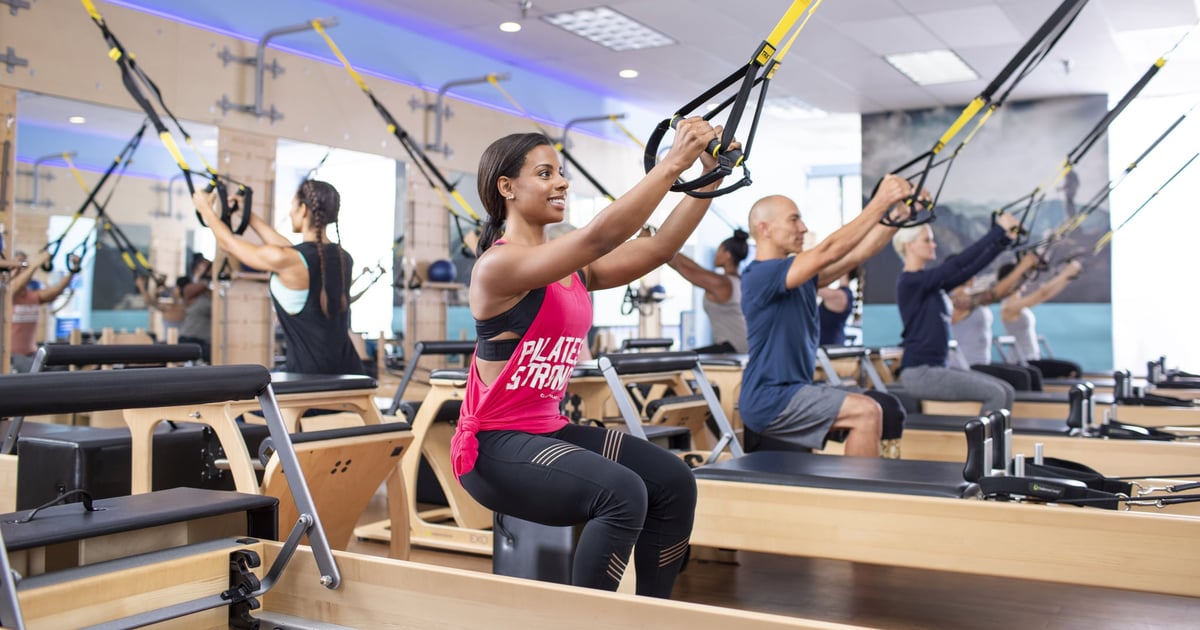
With more than 600 locations and hundreds more expected to open this year, Club Pilates has quickly become one of the most in-demand boutique fitness studios. Like the more traditional Pilates practice, these Reformer-based classes have gained popularity for their ability to lengthen and strengthen muscles, increase flexibility, and improve posture and coordination.
As a dancer, I was exposed to Pilates and absolutely loved it, mainly because it felt like physical therapy for my overworked shoulders and hips. While I didn’t keep up with it, my mom — who suffers from rheumatoid arthritis — has always sworn that Pilates helps her feel good, mentally and physically, even on “stiff days.” So, when I passed by a Club Pilates studio near my house and noticed that they offer free 30-minute intro classes, I decided I would give it a try. Here’s a list of all the essential tips you need to know before trying it for yourself.
1. Show Up With Grip Socks
My confirmation email from Club Pilates stated that I would need grip socks, which are available for purchase at the studio. I figured I would grab a pair before class, but when I arrived, they only had toe socks in stock, which weren’t exactly what I had in mind. A sweet woman overheard me ask if there were other options and offered me a pair, which I gladly accepted (thanks, Diann!). But don’t bank on having a Diann in your life, and buy your grip socks ahead of time to make sure you get a style and price you feel good about.
2. Wear Layers
From experience, I knew to wear leggings and a snug-fitting top so the instructor could properly see my alignment and make corrections if needed. Since I was wearing a tank top and it was a little chilly out, I grabbed a zip-up hoodie on my way out the door, and I’m so glad I did. My instructor decided to structure the intro class off of a Reformer 1 class, so while my muscles were working hard, I didn’t break a sweat and would’ve been cold in just a tank top. Since every intro class is different, and Club Pilates offers several types of workouts, you want to be prepared for whatever comes your way.
3. Learn the Lingo
My instructor explained the equipment and motions as we went along, but there were still moments when I was utterly confused. At one point, she said, “Try not to move the carriage,” so I tried not to move anything on the Reformer, assuming some part of it had to be the “carriage.” Apparently, I made the right call, but because Club Pilates is Reformer-based, I recommend familiarizing yourself with the machine beforehand. And if you don’t have background knowledge of dance or barre classes, physical therapy, or anatomy and physiology, I also suggest reading up on some of the words you may hear in class.
4. Listen to Your Body
Piggybacking off the last tip, it’s important to listen to your body and be aware of its positioning. For example, there were moments when I wasn’t clear on whether my legs should be turned out (toes pointing outwards) or turned in (toes pointing straight ahead). Given my own background as a dancer and chronically injured person, this made me nervous for beginners who may not intuitively think about this sort of thing.
Not having a clear direction or intention for your movements can create inconsistencies in each repetition, and not only inhibit your ability to build muscle and see results, but also put you at risk for injury. Club Pilates stresses that every movement can be modified so everyone can participate, so take advantage of this and communicate with your instructor to ensure you get the most from your practice.
